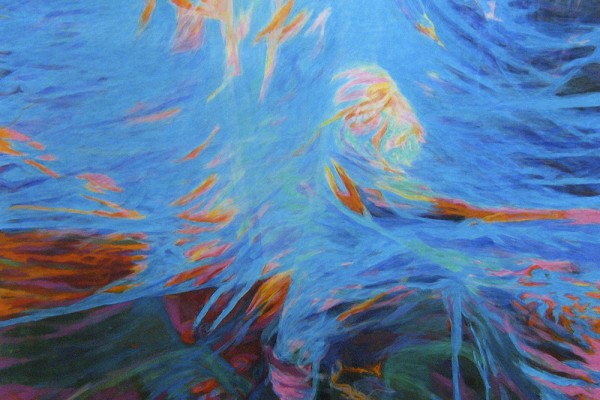Giovanni Greppi has asked me to write an introduction to this book devoted to his art. I am happy to do so, but I write in appreciation rather than a technical analysis which I do not feel qualified to do. My comments represent the perception and response of one artist to another. My reaction to Greppi's work was immediate and unequivocal. I found that this reaction has not been diminished with closer acquaintance; it stands firm in its delight in the subtlety of his formal structures and interpretations.
 Greppi art is not so much a depiction of what he sees but rather the depiction of a mood, a response to what he sees, given back to the viewer as a totality of external and internal vision and feeling. His vision focuses
on the internal, he looks out in order to see within. His colour structures and organization are not jabbed with violent action. His individual responses and creative perceptions have passed through and beyond the level
of complexity that involve violence. They emerge from the deeper level of contemplation where serenity and timelessness reside. In this sense Greppi's painting can not be dated. They reach an area in the individual viewer that is beyond conventions of interpretation, emotional frameworks and period categorizations. They are also beyond the dream stage; they are conscious but they inhabit the most sentient area of contemplation.
Greppi art is not so much a depiction of what he sees but rather the depiction of a mood, a response to what he sees, given back to the viewer as a totality of external and internal vision and feeling. His vision focuses
on the internal, he looks out in order to see within. His colour structures and organization are not jabbed with violent action. His individual responses and creative perceptions have passed through and beyond the level
of complexity that involve violence. They emerge from the deeper level of contemplation where serenity and timelessness reside. In this sense Greppi's painting can not be dated. They reach an area in the individual viewer that is beyond conventions of interpretation, emotional frameworks and period categorizations. They are also beyond the dream stage; they are conscious but they inhabit the most sentient area of contemplation.
Rosalyn Tureck

